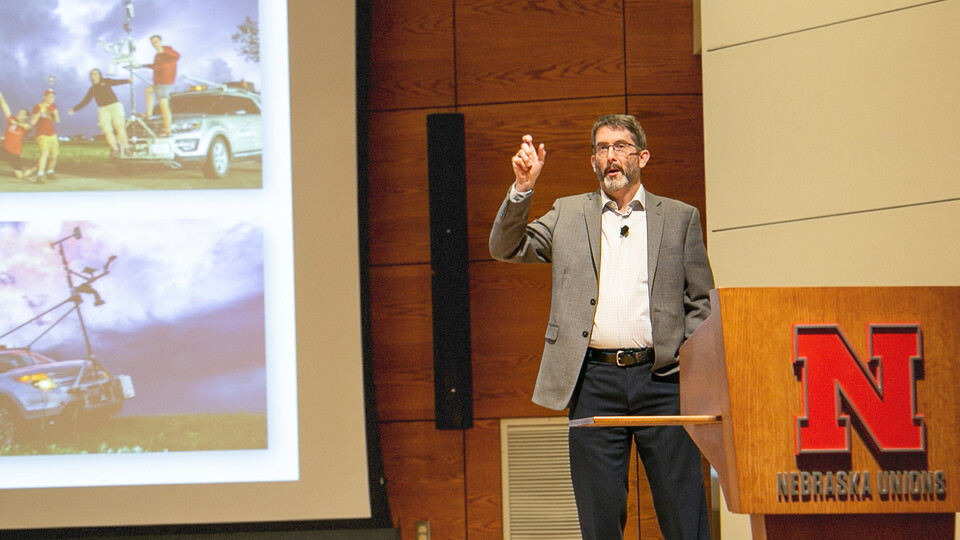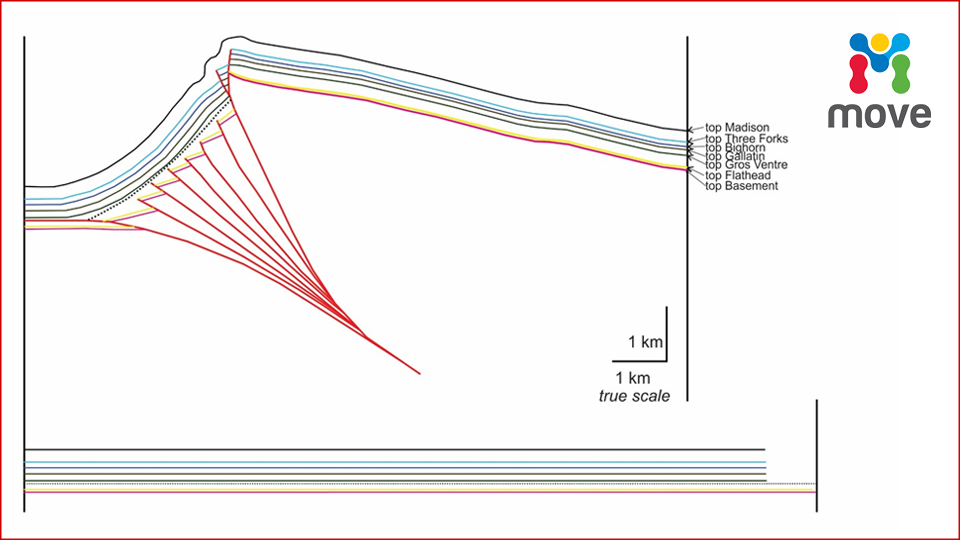
I grew up on a rocky farm in Cass County, where I became interested in geology at an early age. By the time I enrolled at the University of Nebraska in Lincoln, there was no question that I wanted to become a geologist.
I graduated in 1963 with at B.S. in geology and went directly to graduate school, earning my Ph.D. from Johns Hopkins four years later. My professors at Nebraska, especially Sam Treves and T.M. Stout, set me on a career path in research.
At Hopkins (that’s what we call it), Francis Pettijohn taught me how use sedimentary structures to reconstruct paleoenvironments and paleogeography. Ernst Cloos drilled us weekly in field techniques in structural geology, and Cliff Hopson taught us to write entire essays on a single thin section of igneous rock.
My experiences at Nebraska and Hopkins prepared me for my lifetime job: field research in minerals and mapping at the U.S. Geological Survey. Few jobs could have been more rewarding. Early projects varied from tracing the source of placer gold in Tertiary alluvial fans while living in wilderness horse camps to mapping stratiform copper in the Belt rocks of Montana with a helicopter. Next came beryllium in volcanic rocks in the desert of western Utah. I had to teach myself volcanic processes, clay mineralogy and economic geology. Two years at headquarters in Reston, VA gave me a front-row seat to congressional hearings, the budget process, and working with other agencies--I called it “serving time in the big house.” Back in Denver, I mapped thrust sheets in Pennsylvanian redbeds in the Sangre de Cristo Mountains, researched uranium in volcanics, and traveled in the U.S. and Communist Poland to study sedimentary copper deposits.
The price for all that fun was five more years behind the desk, but as director of a program of field surveys and minerals research, I enjoyed seeing some amazing research by other scientists. After that they turned me out to pasture, meaning I mapped beautiful and interesting places along the Rio Grande rift and studied gravel deposits of Pleistocene rivers.
In retirement, I still volunteer for the USGS. Old geologists never really die.
When you use our maps, listen for our footsteps: we are still out there mapping the mountains.



